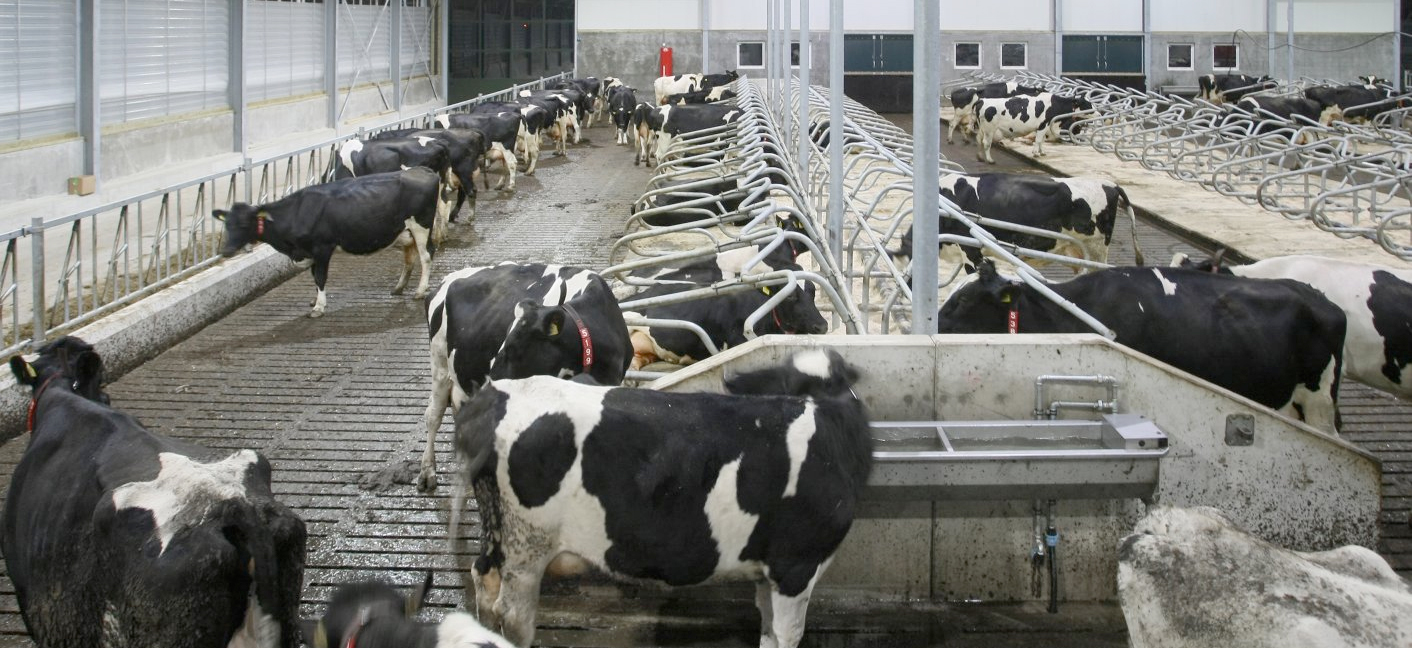
The current figures on German milk production costs recently published by BAL (German Office for Agriculture and Agricultural Sociology) leave no doubt there is an acute crisis in the milk market.
In October 2015, the costs of producing one kilo of milk averaged 44.37 cents. At the same time the farm-gate price of milk in Germany was only 29.01 cents.
Production costs broken down by region
The cost study published by BAL in conjunction with the MEG Milch Board and the European Milk Board (EMB) shows average production costs both throughout Germany and broken down into the East, North and South Germany regions.
Production costs in October in the East region were 39.98 cents, in the North 39.06 and in the South 47.79 cents per kilo of milk. The costs in all three regions were therefore slightly down on the previous quarter.
Price/cost ratio shows severe shortfall in coverage of costs
The October figure for the price/cost ratio, which indicates the coverage of production costs by the milk price, is 0.65. This means only 65 per cent of costs are covered by the farm-gate price of milk.
Under these conditions it is increasingly difficult for farms to carry out repairs or make urgently needed replacement investments. Even wages cannot be sufficiently generated.
It is not only in Germany that the prices paid do not cover costs. In the other European countries, too, prices are under the 30-cent mark. For instance, in Denmark and the Netherlands producers are paid only 29 cents, and in Belgium the price has been about 25 cents for months.
In Lithuania it was just 20 cents at the end of 2015, with some producers receiving only 10 cents a kilo of milk.
As the trend in the volume of milk on the market exceeding demand has also continued since October, in the medium term and most probably in the long term, too, milk prices will not recover.
Romuald Schaber, President of the EMB, sees no chance of any improvement because of the current EU milk policy: "The deficit situation will continue, with the only increases being in debts and the number of farms closing, but not in urgently needed investments in the farms."
Milk less for a stable price
So what many milk producers throughout Europe aim to do is cut the volume. However, because in critical price situations individual producers tend to be forced to produce more in order to reduce unit costs, what is required is an EU framework applicable to all dairy farmers.
Such a general provision could be based on a voluntary restraint on supply linked to positive incentives.
Interested dairy farmers across the EU would be paid a bonus for cutting production, reducing the pressure of volumes in the market. Friesland Campina – one of the biggest dairies in Europe – is also implementing a bonus system to reduce volumes. This is because the lack of proper market instruments is not only harming producers but finally also the dairy industry.
The Market Responsibility Programme (MRP) is a good general concept already drawn up for the dairy sector which includes a voluntary restraint on supply. The EMB now calls on the EU politicians to apply this concept and at last introduce a process for stabilising the milk market.
Background
The cost study, jointly commissioned by the European Milk Board (EMB) and the MEG Milch Board from BAL, the German Office for Agriculture and Agricultural Sociology, calculates the costs of producing milk throughout Germany.
It is based firstly on data from the European Commission’s Farm Accountancy Data Network (FADN), and secondly to update those data on the German Federal Statistical Office’s price indices for agricultural means of production like feed, fertilisers, seed and energy, and uses an income parameter that calculates the performance of farm managers and family members.
Building on this study the MEG Milch Board developed the Milk Marker Index (MMI), which documents the trend in production costs (base year 2010 = 100). The MMI for October 2015 is 107 points. It is published quarterly along with a price/cost ratio. This shows the ratio between the officially recorded raw milk prices paid to the farmers and the milk production costs.
